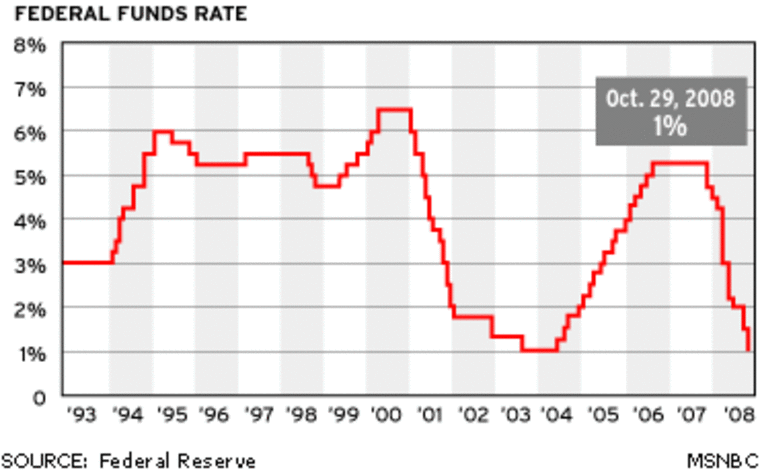The Federal Reserve is expected to hike short-term interest rates by another quarter-percentage point Tuesday with no indication that its 16-month-old campaign to tighten monetary policy is nearing an end.
Despite signs that consumers are struggling to keep up with rising energy prices — threatening to slow the economy — simmering inflation pressures ensure the Fed will keep raising rates, probably into early next year, analysts say.
Forecasters and traders are nearly unanimous in the view that the Fed will raise the benchmark overnight lending rate to 4 percent Tuesday and 4.25 percent at the next meeting of policy-makers Dec. 13. That would bring the rate to its highest level since May 2001.
Another quarter-point hike is considered likely but not assured when central bankers gather Jan. 31 for the final meeting of Chairman Alan Greenspan’s eventful 18 years as head of the powerful agency.
“I don’t think there is any suspense either at this meeting or the December meeting,” said Joel Naroff of Naroff Economic Consulting. “I think the suspense starts in January.”
The rising rates increase borrowing costs for consumers and businesses and are beginning to have an impact on the booming real estate market. Long-term mortgage rates have risen steadily over the past two months after remaining unusually low and even falling for much of this year.
Fed officials are watching the economic data closely as they try to determine when they can stop raising rates, but Monday’s report on personal income and spending last month is unlikely to change them from their current course.
Inflation-adjusted spending fell for a second straight month as auto sales continued to suffer from the end of popular discounts. But after adjusting for the impact of Hurricane Katrina, income was higher than expected in September.
Still, economists at Goldman Sachs said in a note that consumer spending was on an “extremely weak” path for the fourth quarter.
The government also reported Monday that consumer prices rose 0.9 percent last month according to the Fed’s favorite inflation index, the biggest one-month jump in nearly 25 years. After excluding the volatile food and energy categories, prices still jumped 0.2 percent, a bit above the Fed’s presumed target level.
“The (Fed’s) statement will have to express concerns about building inflationary pressure,” Naroff said. “They have had it at the forefront, they probably have to keep it at the forefront a little more.”
The Fed has raised rates by a quarter-point at a time for each of the past 11 meetings, pushing the federal funds rate from a 46-year low of 1 percent to its current 3.75 percent. The Fed’s goal is to keep inflation in check while allowing the economy to continue expanding at its current rate of a little more than 3.5 percent a year over inflation.
The economy shook off the after-effects of Katrina and Hurricane Rita to post stronger-than-expected growth of 3.8 percent in the third quarter, led by strong consumer and government spending.
But consumer confidence has taken a hit since the hurricanes and the resulting spike in energy prices, souring further in October. The Conference Board sentiment index fell to 85.0 in October, a two-year low, after diving in September.
Tuesday’s meeting of the Federal Open Market Committee will be the first since President Bush nominated White House economic adviser Ben Bernanke to become Fed chief when Greenspan’s term as Fed governor expires Jan. 31.
Although Bernanke is likely to face some tough questions from the Senate banking committee about his views on tax policy, deficits and other issues, he is widely expected to win confirmation in time to take over the post Feb. 1.
That could mean Greenspan will push to change the Fed’s policy statement at the Jan. 31 to indicate that monetary policy is relatively neutral, giving Bernanke a clean slate for his first meeting as Fed chief in March.
But for now, analysts expect the Fed to leave in long-standing language that “accommodation can be removed at a pace that is likely to be measured.” For the past 16 months, that language has translated into a quarter-percentage point at every scheduled meeting.
